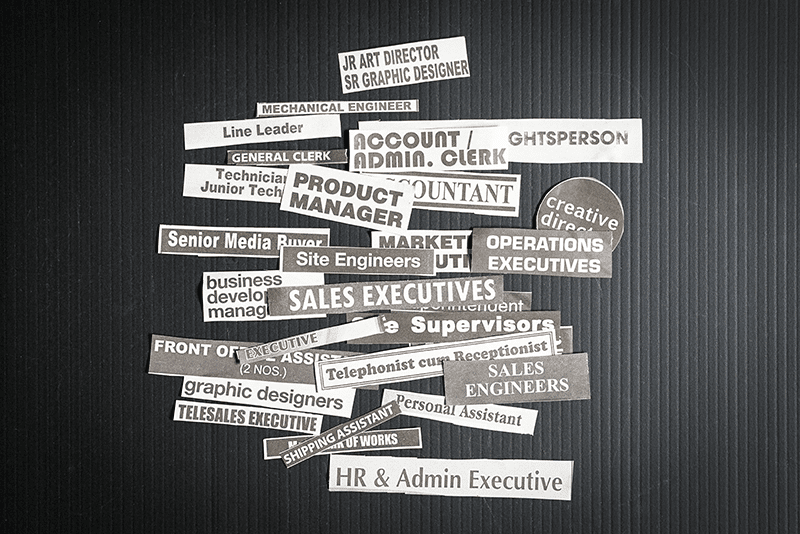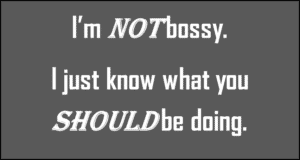Your Job Title is Meaningless! … and it isn’t who you are

2023’s first leadership newsflash: You aren’t what you do!
And if that doesn’t surprise you, how about this: Your job title isn’t what you do, either.
Have you ever talked to someone who was a little too proud of their job title? Like “I’m the SENIOR Vice President for Beverage Dissemination” is supposed to impress someone. I hate guys like that.
Job titles are a lot like the letters after a name in a signature block. They’re only important to people who are impressed by them. Otherwise, they’re largely meaningless, especially to the people who work for and with you.
My first experience with this was as a young lieutenant when I was appointed as the Resources Augmentation Duty Officer. I guess they figured if I could say it, I could be it, and very few people knew what the job entailed. What I did was plan for and tell people how to protect planes and people in case of a disaster – including nuclear. And I was damned good at telling people what to do.
My job title wasn’t what I did… and what I did wasn’t who I was.
Years ago, I worked with the Principal Deputy Assistant Secretary of Defense for Special Operations/Low Intensity Conflict and Interoperable Capabilities (PDASD SO/LIC & IC for short). Try putting that on a business card. I’m not sure even he knew what he was supposed to do, except whatever the ASD SP/LIC & IC told him to do.
My point is this: Leaders don’t need a fancy job title to lead. They don’t need to be the Chief anything or the Vice President of anything to be a positive influence on, give a shit about, and help others succeed.
And their role in the organization is less important than who they are.
Good leaders know who they are – what their purpose is, what they believe in, and what they stand for… and what they won’t stand for. And none of that should be focused on self. They may not fully realize it at the time, but when a leader believes in people and cares more for the success of others than their own, everyone around them can tell.
Case in point: When I was the commander of a flying squadron, my purpose was to do everything in my power to help my teams deliver exceptional service to our clients. That was the measure of our success. I believed in them and their abilities and my confidence in them showed. They knew what I expected of them and what I wouldn’t tolerate. And it created an environment in which they were wildly successful (and made me look good in the process as an added bonus).
See, I knew the title wasn’t what I was supposed to do, and what I did reflected who I was.
At a time when job titles were so important to my peers, the sign on my door said simply “Kevin.” People didn’t come to me to be commanded; they came to me to be led.
Enough about me. How about you?
Does your desire for the next higher job title interfere with how you’re leading your team? Does your team know that you care about them and their success more than you care about yours? Does what’s important to you reflect in what’s important to them… and vice versa?
It’s a new year, so how about we start off with a new job title. If being a good leader is important to you in 2023, dare to be just Kevin. Or Bill or Julia or Ginny or Todd. Know who you are and dare to be yourself.
Or this year will be just like the last and the one before that.
How about it?
It’s up to you, leaders.






